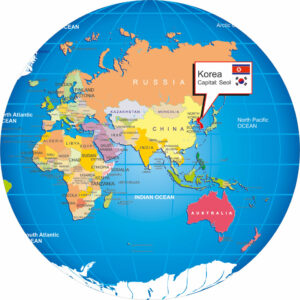Schools in Gyeonggi Province are facing a dire shortage of male teachers.
This is because females prefer to work at schools in the metropolitan area, which they believe offer a better education environment for their children.
Male teachers tend to apply for schools in rural areas, which gives them an advantage in getting promoted later on.
At Meahol Elementary School in Osan, 55 percent of the 395 students are boys, but all 26 teachers, including the principal and vice principal, are women. The only adult male is an employee in charge of administrative duties.
Hansol Elementary School in Seongnam also has no male teachers. While the teachers are able to manage, the school has asked the education office to allocate male teachers in March, to help with the school’s soccer team.
Shin-ri Elementary School in Yongin has one male physical education teacher.
The gender imbalance is widening.
The ratio of male students in Gyeonggi Province was 51.7 percent in September, but the ratio of male teachers was a mere 27.7 percent.
The imbalance was most notable at elementary schools (20.1 percent), followed by middle schools (25 percent) and high schools (39.8 percent).
There were 157 elementary schools with a male teacher ratio of 10 percent or less.
There is also a decline in male teachers at high schools. The ratio was 49.6 percent in 2005, but has continued to fall to a record low this year.
Meanwhile, rural areas have a notably higher percentage in male teachers _ elementary and middle schools based in the counties of Yeoncheon, Yangpyeong and the rural city of Yeoju, each had a ratio of 42.7 percent, 41.1 percent and 40.5 percent.
However, in areas closer to Seoul, the ratio was much lower _ Seongnam had 13 percent, followed by Gunpo, Uiwang (13.3 percent), Anyang, Gwacheon (13.6 percent) and Gwangmyeong (14. percent).
The Gyeonggi Province Office of Education has reviewed plans to correct the gender imbalance, but considers the problem difficult to fix.
This is because colleges for elementary school teachers limit the ratio of one gender to 60 to 70 percent when recruiting freshmen, but the government does not place a quota on male applicants for the teacher certification exam.
In addition, related studies show there were no notable differences in the gender ratio of teachers and students’ academic achievements.
Go to website.
November 9, 2015

